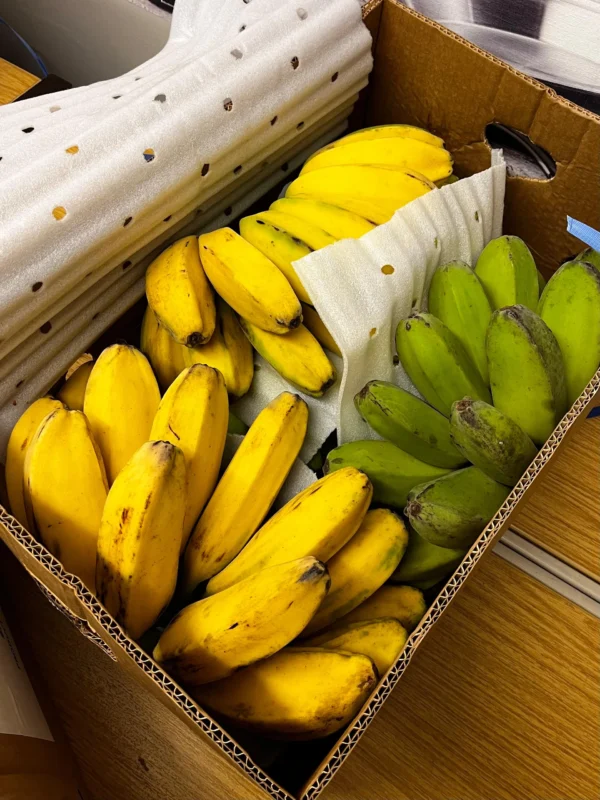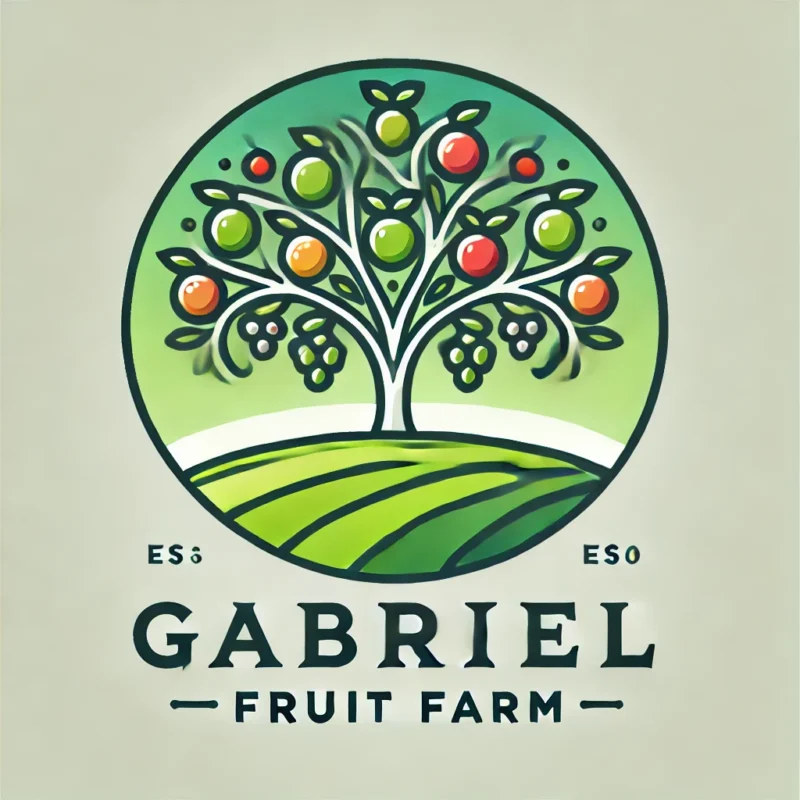Uncategorized
Cardaba Banana: The Hearty, Homegrown Hero of Filipino Cuisine

When most people think of bananas, they imagine the sweet, yellow Cavendish found in supermarkets. But in the Philippines and other parts of Southeast Asia, there’s a heartier, more versatile banana that holds a special place on the table: the Cardaba banana.
Also known as saba in Filipino, Cardaba is a cooking banana that’s not only delicious but also essential in local culinary traditions. Whether you’re a tropical fruit grower or a curious foodie, Cardaba deserves your attention.buy cardaba banana online
What Is the Cardaba Banana?
The Cardaba banana (Musa ‘Cardaba’) is a triploid cooking banana cultivar from the Philippines. It’s part of the ABB banana group, which means it has more starch and less sugar than dessert bananas. It is thicker, shorter, and squatter than the Cavendish, with a dark green peel that turns yellow when ripe.
While technically edible raw when overripe, Cardaba is usually cooked—boiled, fried, or grilled—to bring out its true potential.
Why Cardaba Stands Out buy cardaba banana online
🌱 Sturdier and More Resilient
Cardaba banana plants are disease-resistant and tolerant of different soil and climate conditions, making them a reliable crop for backyard growers and farmers alike.
🍽️ Incredibly Versatile in the Kitchen
- Boiled or steamed for breakfast or merienda (snack)
- Fried into crispy banana fritters (maruya)
- Used in savory dishes like pochero or binagoongan
- Grilled and glazed for a smoky-sweet treat
🍌 Perfect for Plantain Lovers
If you like plantains, you’ll love Cardaba. It has a dense, creamy texture that holds up well to cooking, with a mild sweetness that pairs beautifully with both savory and sweet dishes.
Health Benefits of Cardaba Banana buy cardaba banana online
Like other bananas, Cardaba is nutrient-rich, offering:
- ✅ High levels of potassium for heart health
- ✅ Dietary fiber to support digestion
- ✅ A good source of vitamin C and B6
- ✅ Complex carbohydrates for sustained energy
And since it’s typically consumed cooked, it can be easier to digest for some people.
Growing the Cardaba Banana
Interested in growing your own? Cardaba is a great choice for tropical and subtropical gardens.
Quick Growing Guide:
- 🌡️ Climate: Tropical or warm subtropical (USDA zones 9b–11)
- 🌿 Height: Grows up to 10–12 feet tall
- ☀️ Sunlight: Full sun
- 💧 Watering: Regular, consistent moisture; mulch helps retain soil hydration
- 🌱 Time to fruit: About 9–12 months after planting
- 🍌 Yield: Each pseudostem typically produces one large bunch of up to 20–25 fingers
Once it fruits, that stem dies, but new shoots (called “suckers”) grow from the base and continue the cycle.
A Cultural and Culinary Staple
In the Philippines, Cardaba isn’t just a fruit—it’s a tradition. From street food stalls selling turon (fried banana rolls) to hearty family meals with stewed banana slices, the Cardaba is woven into the everyday life and cuisine of many.
Final Thoughts
The Cardaba banana is a powerhouse plant—nutritious, productive, and incredibly adaptable in the kitchen. Whether you grow it in your backyard or seek it out at a local market, it offers a taste of tropical tradition with the heartiness of a staple crop.
So next time you want to try a banana that does more than just sit in a smoothie, give Cardaba a try—you might just find your new favorite ingredient.
